Step into Office Hours, a monthly series where Lang student Luna Dean talks with the New School’s talented and esteemed faculty to discuss their exciting projects, publications, and life stories. This month, Luna sits down with Lourdes Mendoza, professor of Fashion Design and Justice at Parsons School of Design.
It’s not so much a question of what Lourdes Mendoza does, but rather what she doesn’t do. A mentor and artist across many areas of her life, Mendoza encourages her students and mentees to dream big, follow that dream, and give back to their communities. Mendoza is a Parsons School of Design alumni, where she is now an assistant professor of Fashion Design and Justice. Prior to teaching, Mendoza was an experienced designer in the fashion industry, working with various brands, most notably, Ralph Lauren.
“I have literally been teaching, informally, the whole time that I was working. And everybody used to say, ‘You know you really should teach,’” Mendoza told me when I sat down with her earlier this month to talk about her career and recent research project in Honduras.
During spring break, while students were headed to their hometowns, vacations, or staycations in the city to cram for midterms, Mendoza was deep in the Honduran mountains. She was there to continue her research, which is in its preliminary stages, on the Indigenous Lenca communities and their craftsmanship. After spending many years as a professional in the fashion industry within New York City, Mendoza realized it was finally time to give back to the place she’s originally from. She has always gravitated towards the Indigenous communities in her home country because of their art and culture, but especially because of the lack of attention they receive.
The Lenca people, the largest Indigenous group in Honduras, live primarily in the western mountainous regions of Honduras. Living in these remote areas, the Lenca are significantly impoverished. They face economic and environmental resource strain and inconsistent support from government agencies and other organizations. “It kind of comes in waves,” Mendoza said, “Maybe the first lady of the country for four years helped them, and then there is nothing for ten years.”
Mendoza began her research last year by contacting the national public university in Honduras, Universidad Nacional Autónoma de Honduras, as well as the Honduran Institute of Anthropology. She met with representatives from both institutions in May and August and began visiting the Lenca communities. The journey to these mountainous communities was not easy. The roads are treacherous, and many of the communities lie at very high altitudes. But Mendoza said that once she arrived, even when she showed up unannounced, the communities made her feel welcome.
“I just went basically, and they opened the doors. They were so happy, mostly because they do feel forgotten,” Mendoza said. The communities Mendoza visited are in the states of Lempira, Intibuca, and La Paz. Lenca men primarily work in agriculture, specifically coffee cultivation, while Lenca women mostly work in their homes. Mendoza was particularly interested in the rich craftsmanship of the Lenca women, who are known for their pottery and weaving, as well as their leadership in their communities.
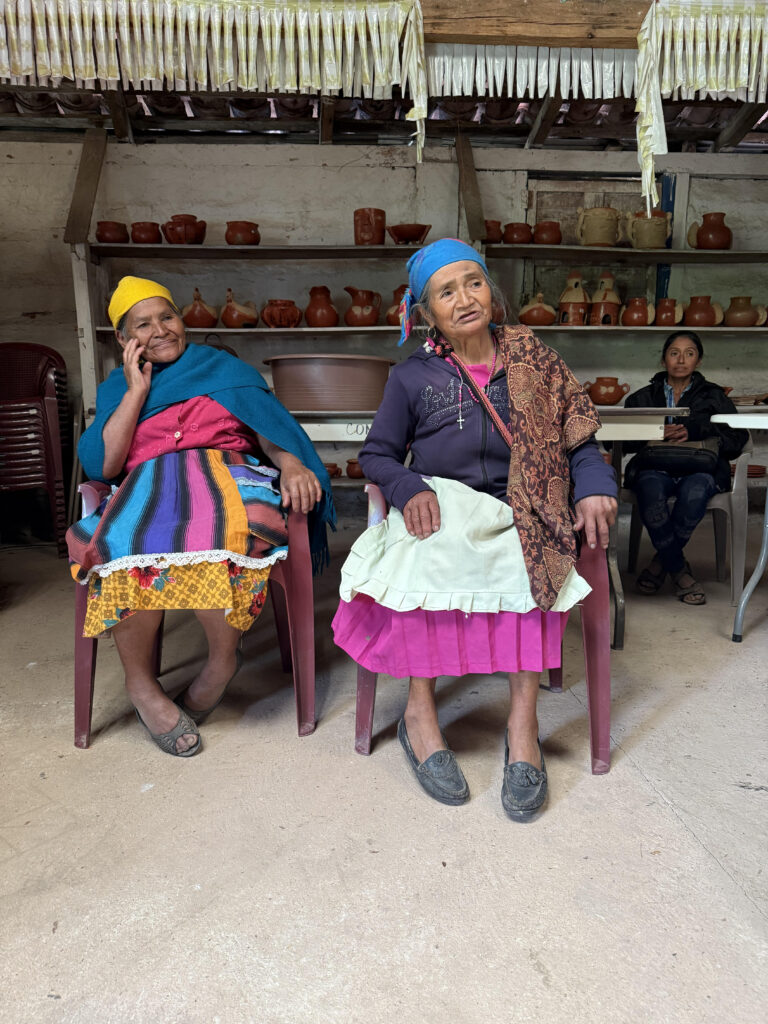
“They’re really the matriarchs, even though they kind of stand in the back. I have seen them in their own private conversations, and they’re really the ones that lead at the end of the day,” Mendoza said of the female leaders she encountered.
The eldest women in the community are not only experts in their craftsmanship, but they also bear the responsibility of passing down this artistic knowledge, as well as their oral traditions, cultural identity, and Indigenous customs. Mendoza’s hopes are to help the Lenca people reach a wider audience, secure financial support, and preserve their culture through their artistic work. Aside from connecting the communities to organizations that can offer economic support, Mendoza plans to create an artistic project to showcase the Lenca craftsmanship, which is distinctive in its handcrafted technique reflecting centuries of artisanship in the region. The end goal is to have a photography exhibition of Lenca pottery and publish an art book that can serve as both educational material in Honduras and a product for gift-giving abroad. Mendoza knows she won’t be able to complete this project without help from her own community along the way.
“I will not be able to do this by myself. As you know, you need a village, no pun intended.”
She hopes to bring her project to The New School so she can share her research and the Lenca culture with students. After all, there are many things that students can learn from the Lenca community and their unique sense of craft, especially those interested in textiles and art.
“What I’m finding out is that when I’m teaching fashion design students and the process of making, I am actually really thinking about these ladies. I’m really thinking about this community, because I think that it’s the same process,” Mendoza said, “… I’m saying a lot about craftsmanship, how they’re structuring their craft of developing their designs. And I do think it is because there’s a part of my brain that has been awakened just by simply talking to these ladies.”
Mendoza emphasized the pride, passion, and authenticity that the Lenca have when it comes to their craft. The communities have been perfecting pottery-making for centuries, cultivating materials from the earth and passing down their techniques for generations. One of the areas that Mendoza visited is known for using white clay, while the others use red earthenware clay to make terracotta ceramics. The Lenca specialize in a specific kind of pottery that uses special firing techniques which turn the clay black due to a reduction of oxygen. They then decorate the ceramics with white motifs such as spirals and nature imagery.
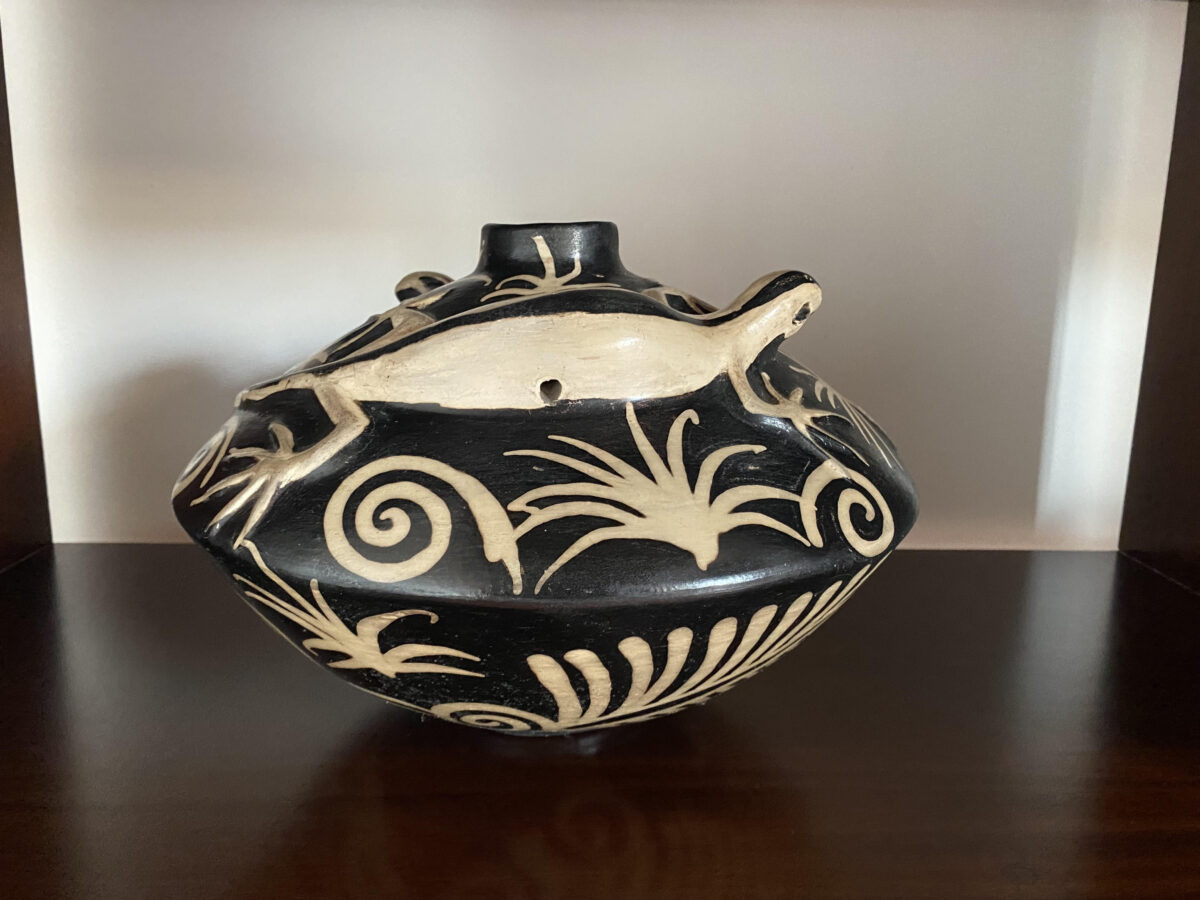
The relationship between the cultivation of materials and nature preservation is a major lesson to be learned from this specific medium. The Lenca women take everything they need from the earth to make their art and sustain their communities, but they also take care of the land in return. Unlike the large carbon footprint of the textile and homeware industries, the Lenca don’t disrupt their natural environment to produce their goods. As of 2024, the furniture industry alone contributes 2% of global CO2 emissions. The garment and textile industry makes up 6-8% of global carbon emissions as of 2019, and the agricultural industry contributed 29.7% of total emissions in 2022. Beyond their beautiful art, we have a lot to learn from the way Lenca preserve their natural ecosystems through sustainable agriculture and craft production.
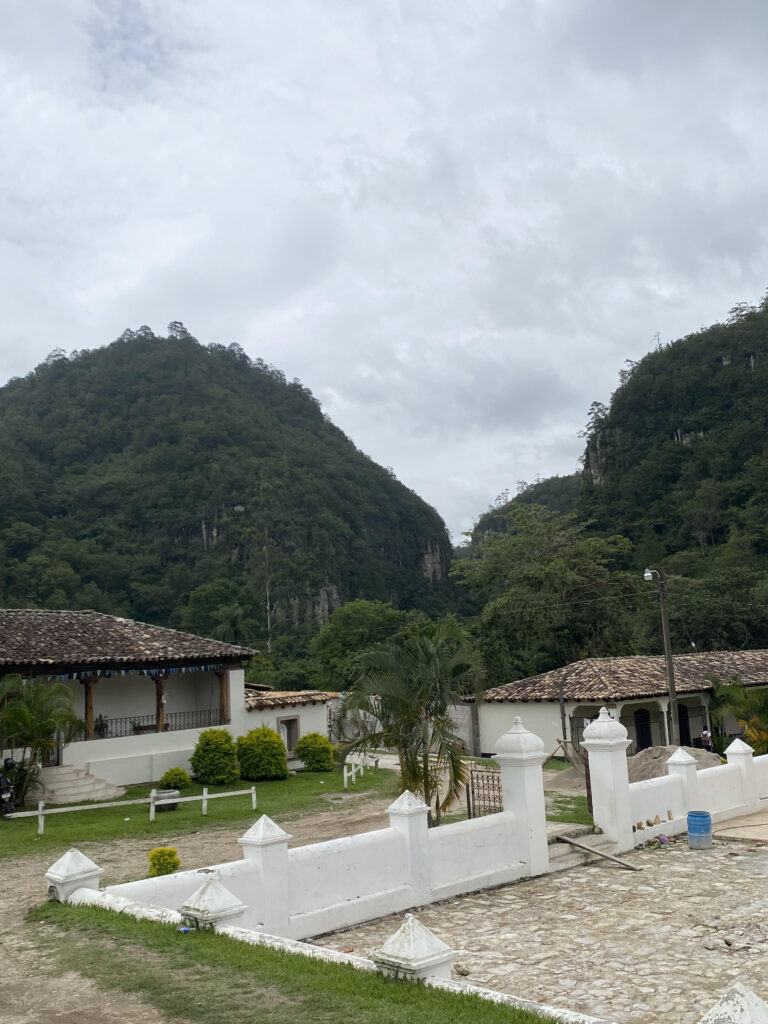
As for her work, Mendoza considered how to ensure that her project has long-lasting effects in the community, unlike past assistance the Lenca have received from other organizations: “How do you make it so that it’s not a one-off?” Mendoza asked. “Because that’s what happens with them, people help them and then they don’t come back.”
In fact, the elder leaders spoke with Mendoza before she left. “They really had a speech for me, and they really were like, ‘don’t forget us.’ So I’m learning that you cannot give up no matter what, and I’m learning that through them, through their craftsmanship, and they’re so proud of it.”
Mendoza wants to make sure she documents the reality of the Lenca women, their pride, their love for their community and art, but also “present [it] in a way that is like, this is where we come from. Right? And unapologetically saying, we’ve forgotten these people. Like, not paint a pretty picture, [but] being really real.”

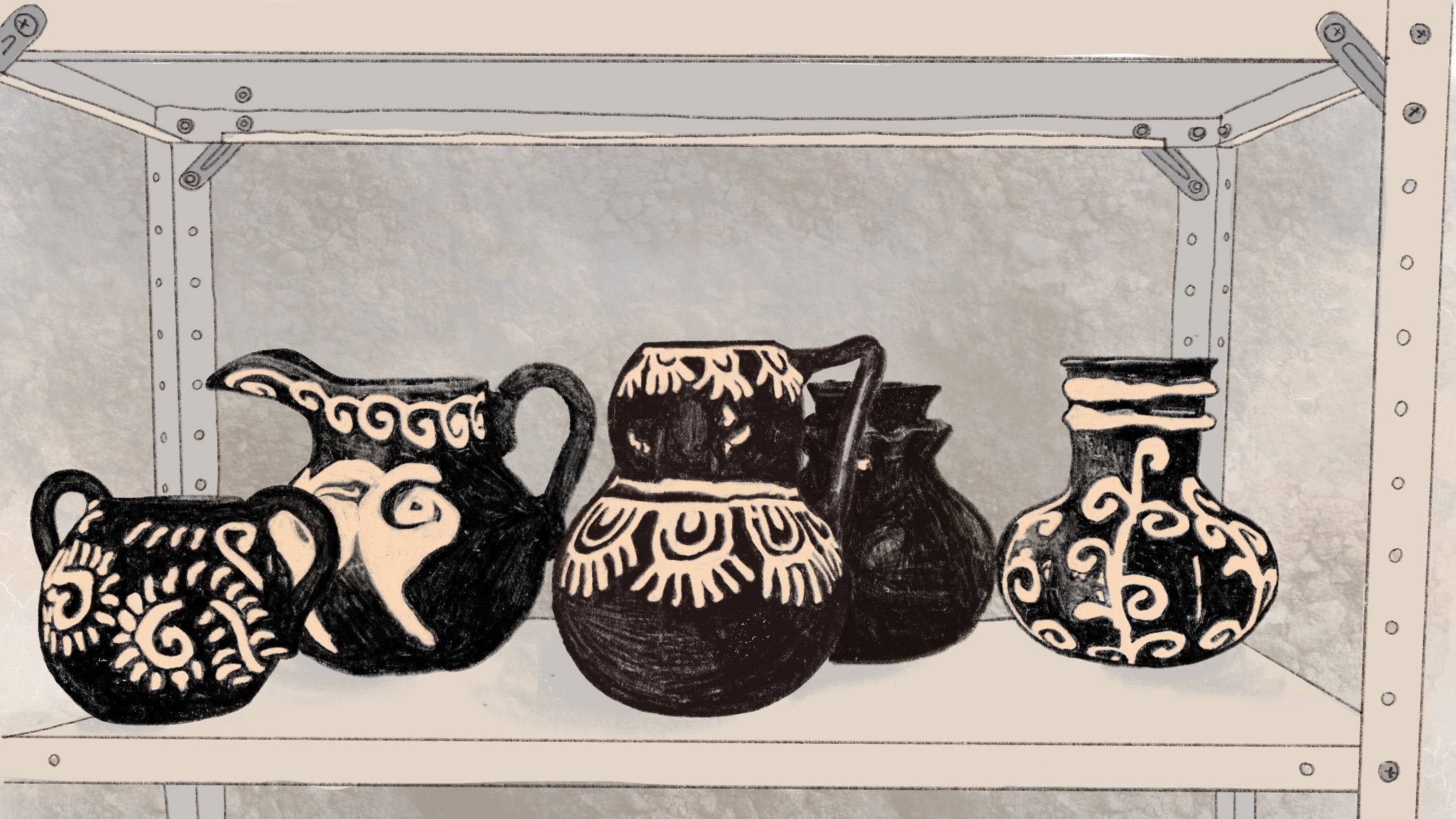
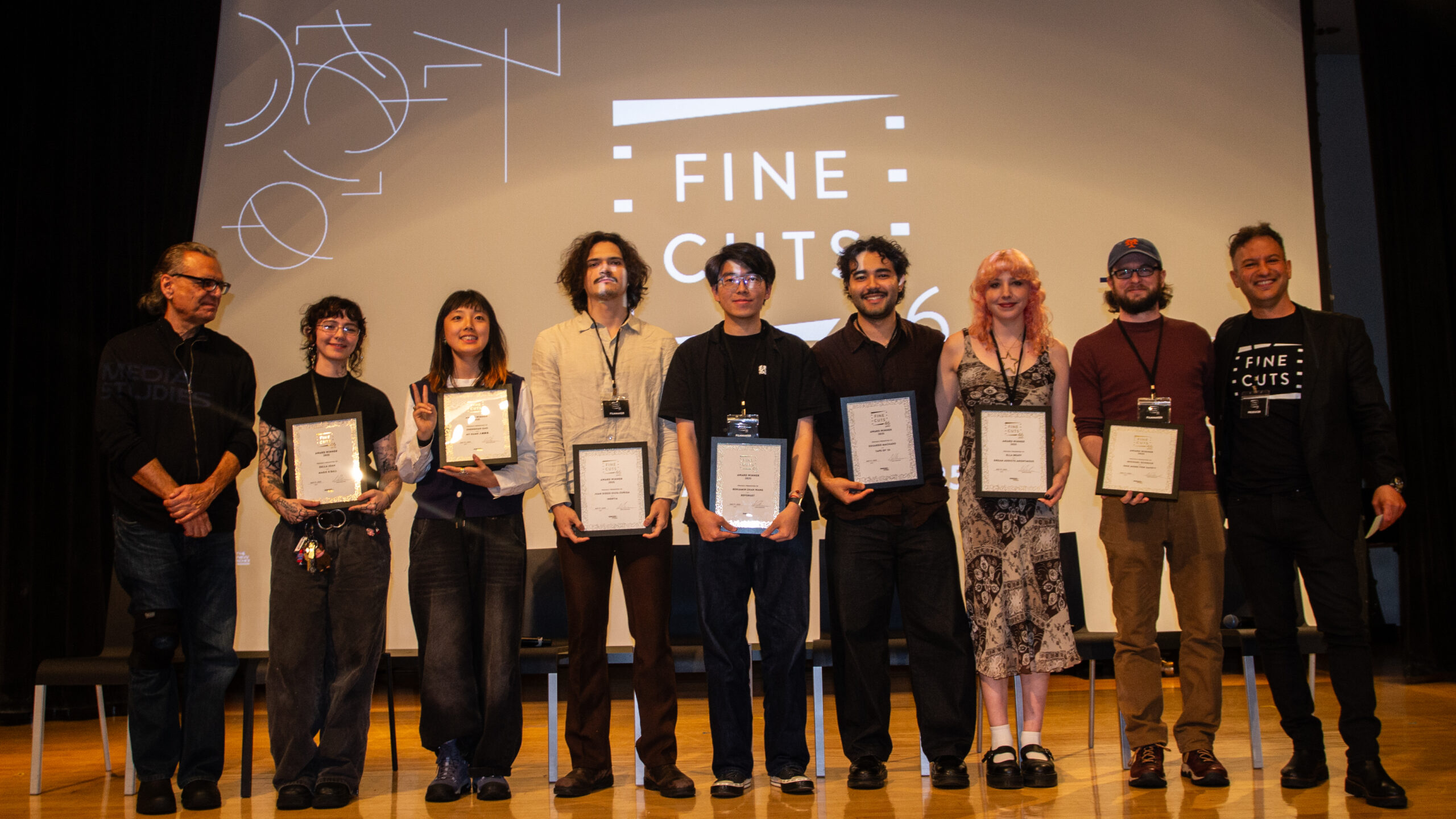
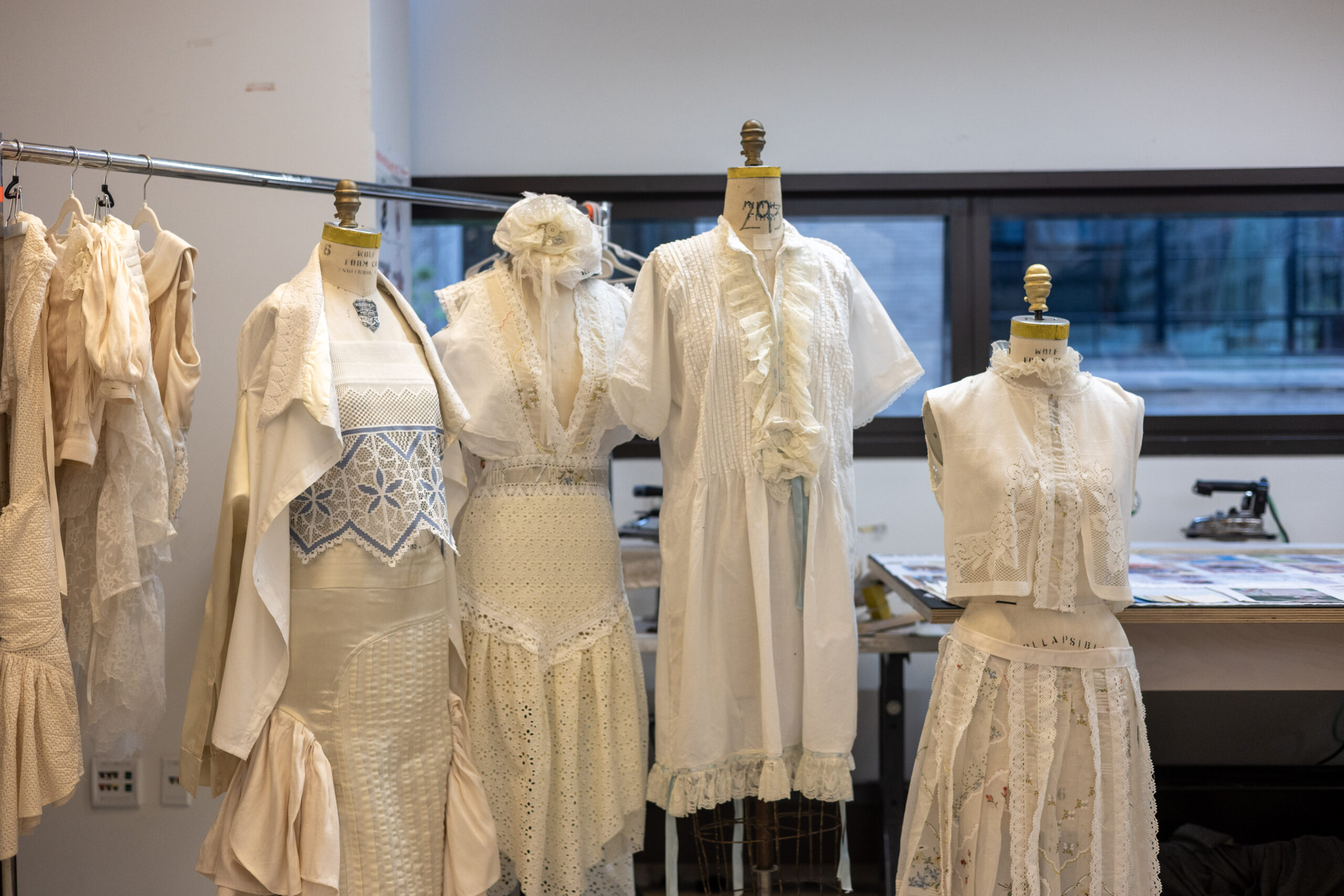
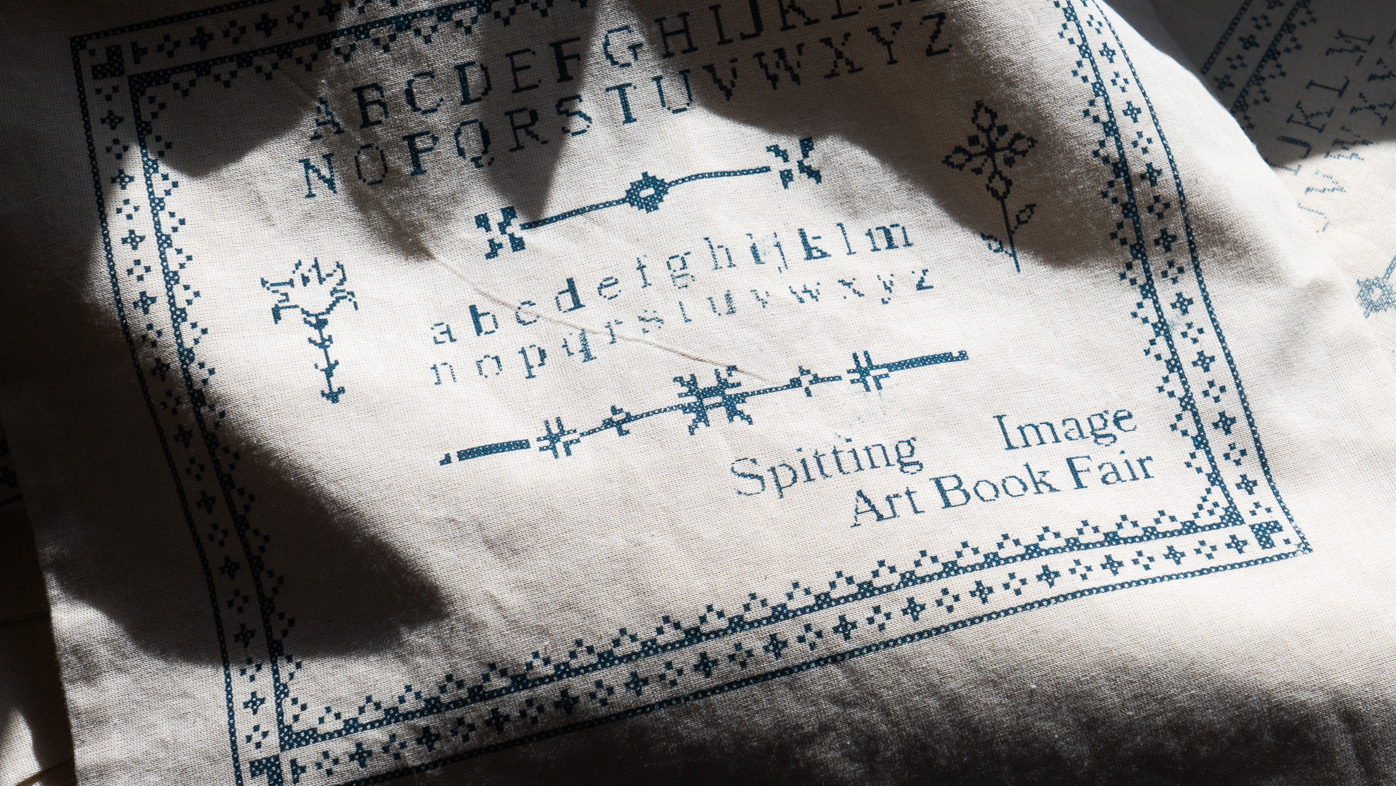
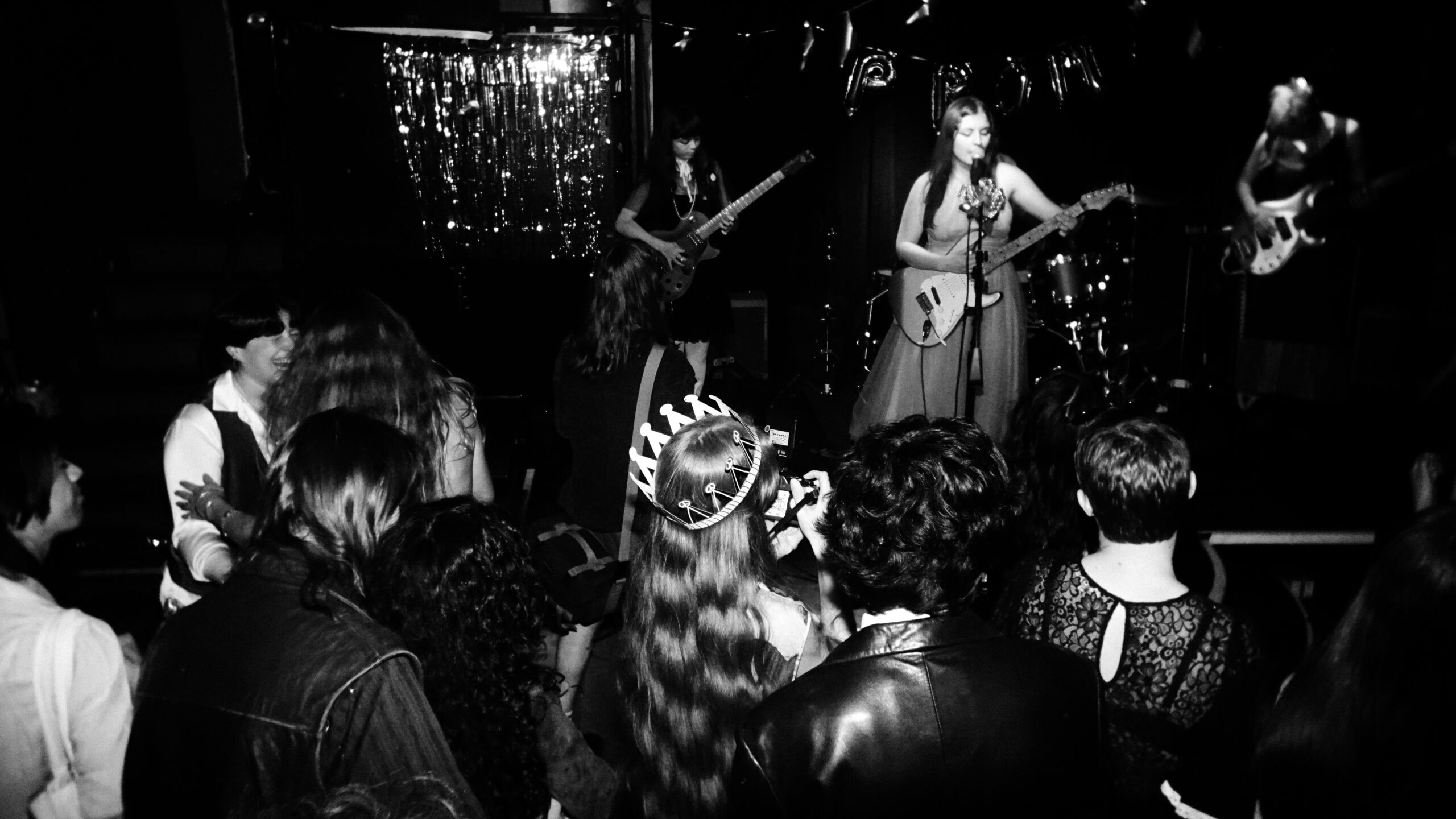
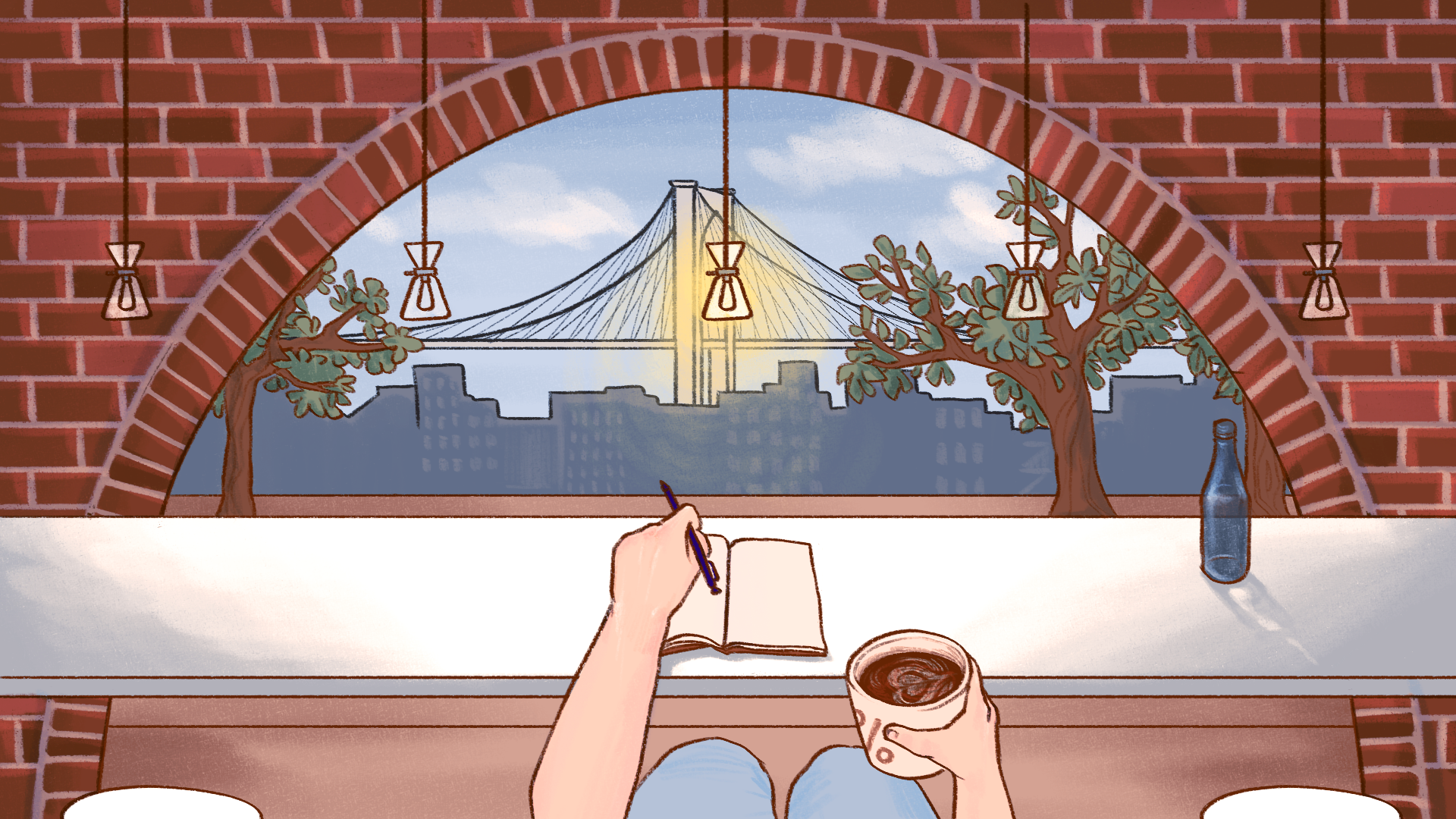

Leave a Reply